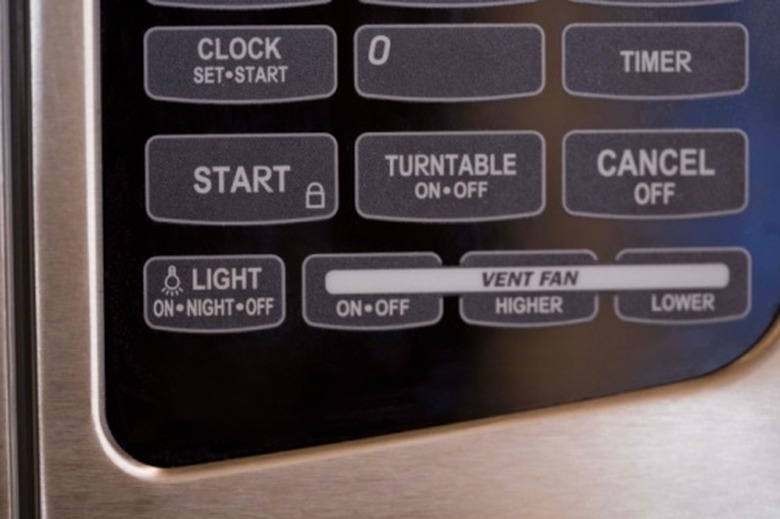Sources Of Microwaves
Microwaves, in effect, are energy bursts. They are generated by an electronic device called a magnetron. These electromagnetic waves can be as short as 1 mm and as long as 1 m, and they range in frequency from 300 megahertz (MHz) to 300 gigahertz (GHz). Microwaves transmit energy to objects that contain water and do not pass through or penetrate materials such as metal. In daily life, microwaves are emitted from many sources.
Microwave Ovens
Microwave Ovens
The most common source of microwaves is ovens used for cooking food. Microwaves work to heat and cook food quickly. Home kitchen microwave ovens usually use a frequency of about 2,450 MHz. When they are used properly and maintained in good working order, microwave ovens are reliably safe. Using a microwave oven in proper working condition does not provide an exposure source to harmful microwaves.
Police Radar Guns
Police Radar Guns
Microwave radar guns employ the Doppler principle for measuring speed. In simplest terms, waves bounce against a moving target and then return echo changes or shifts from the frequency of the transmission. The faster the moving target is moving, the greater the shift. The same principle is used to measure speeds of moving objects in sports situations, such as a baseball released from a pitcher's arm and a golf ball or a hockey puck in flight. The frequency range of a radar gun used by police to detect vehicle speeding is usually about 10,500 to 34,700 MHz, which is significantly higher than the frequency of a home microwave.
Manufacturing
Manufacturing
Another source of microwaves is manufacturing. Microwave generators are very commonly used for their ability to heat parts, to seal seams in plastic components and to cure chemical reactions with heat. Anyone who works in manufacturing is likely to encounter and use microwaves in any given workday.
Communications
Communications
Specific frequencies of microwaves are used in the communications industry, depending on the way they are applied. Microwaves are transmitted into the atmosphere from antennas such as radar transmitters, television antennas and FM radio antennas. Transmitters that track fish, birds and other wildlife are a source of microwaves used in a specific area of communications. Environmental management researchers use microwave technology weighing as little as 9.5 g to track the location of animals within a few meters. This accuracy enables the researchers to monitor wildlife from great distances.
Cite This Article
MLA
Schultz, Mary A.. "Sources Of Microwaves" sciencing.com, https://www.sciencing.com/sources-of-microwaves-12444493/. 21 July 2017.
APA
Schultz, Mary A.. (2017, July 21). Sources Of Microwaves. sciencing.com. Retrieved from https://www.sciencing.com/sources-of-microwaves-12444493/
Chicago
Schultz, Mary A.. Sources Of Microwaves last modified March 24, 2022. https://www.sciencing.com/sources-of-microwaves-12444493/
